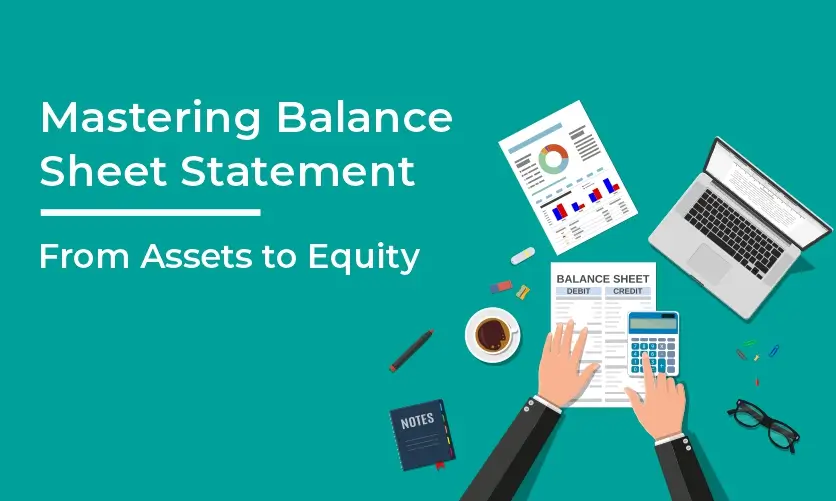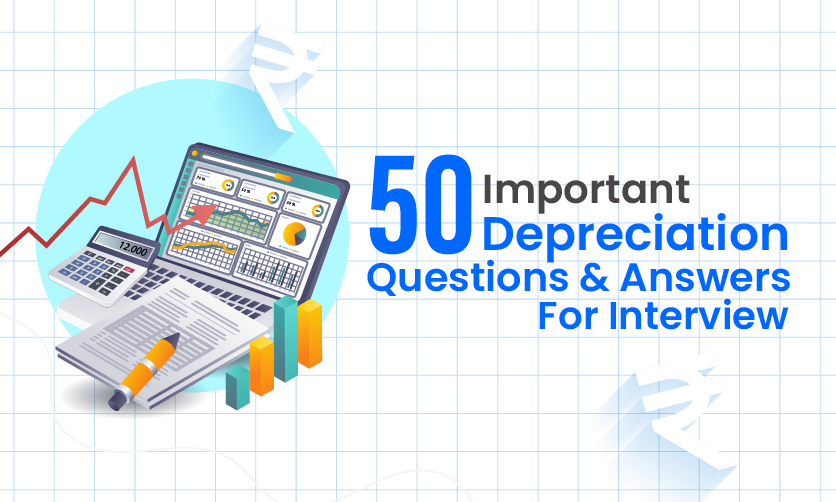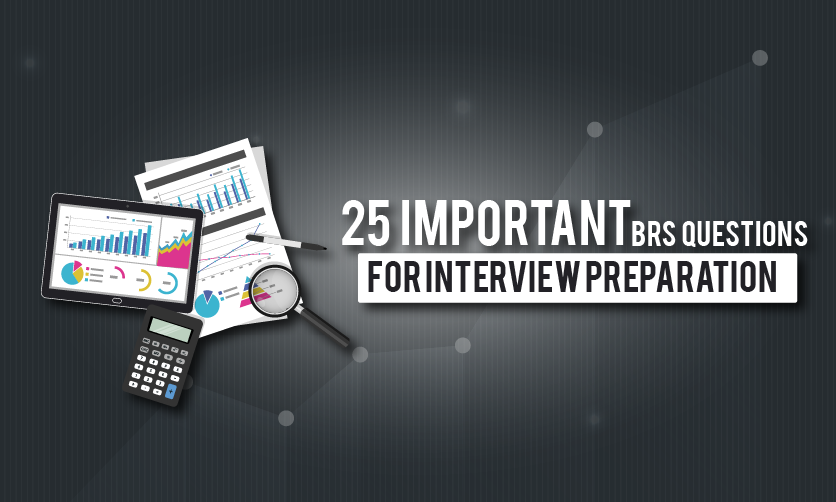
Mastering Balance Sheet Statement: From Assets to Equity
In the complex world of finance, where numbers intertwine in a delicate dance, the balance sheet statement emerges as a beacon of clarity, providing a comprehensive overview of a company’s financial standing. It transcends a mere financial statement; it’s a story, a narrative woven from assets, liabilities, and equity.
In this exploration of the balance sheet realm, we untangle the intricacies, decipher the language of financial reports, and uncover the significance of this document in evaluating the health of a business.
Table of Contents
Understanding the Basics of Balance Sheet Statement
The ABCs of Financial Health: Assets, Liabilities, and Equity
The balance sheet stands as a cornerstone of financial analysis, providing a comprehensive overview of a company’s financial well-being. At its core, the balance sheet revolves around three key components: assets, liabilities, and equity.
Assets: The Building Blocks of a Company’s Wealth
Assets represent everything a company owns, ranging from tangible items like cash, inventory, and property to intangible assets like intellectual property and brand value. Assets are further classified into current assets and non-current assets.
Current assets are expected to be converted into cash or used up within a year, while non-current assets have a longer lifespan and are intended to generate value over an extended period.
Liabilities: Navigating Financial Obligations
Liabilities represent a company’s financial obligations, debts, and payables it must settle in the future. Similar to assets, liabilities are categorized into current and non-current categories. Current liabilities are due within a year, such as short-term loans and accounts payable, while non-current liabilities extend beyond a year, such as long-term debt and deferred tax liabilities.
Equity: The Owner’s Stake
Equity represents the ownership interest in a company, the residual claim on the company’s assets after deducting all liabilities. Equity comprises the initial capital contributed by shareholders and accumulated earnings over time. It serves as a buffer against liabilities, protecting the company from financial distress.
Changes in equity reflect the company’s profitability, the impact of activities like stock issuances or share buybacks, and the overall health of the business.
The fundamental equation that underpins the balance sheet statement is:
Assets = Liabilities + Equity
This equation highlights the fundamental balance between a company’s resources (assets), its obligations (liabilities), and the residual ownership interest (equity). Understanding the interplay between these components is crucial for evaluating a company’s financial strength and potential for future growth.
Deciphering the Financial Narrative
- Delving into Financial Stability: Liquidity, Solvency, and Efficiency Ratios
Navigating the balance sheet, we uncover key financial ratios that provide valuable insights into a company’s financial health. These ratios can be broadly categorized into liquidity, solvency, and efficiency ratios, each offering a distinct perspective on the company’s financial standing. - Liquidity Ratios: A Window into Short-Term Stability
Liquidity ratios assess a company’s ability to meet its short-term financial obligations. The current ratio and quick ratio are two prominent liquidity ratios derived from the balance sheet. A current ratio above 1 indicates that the company has sufficient current assets to cover its current liabilities.The quick ratio, which excludes inventory due to its less liquid nature, provides a more stringent assessment of a company’s ability to meet immediate financial demands. - Solvency Ratios: Gauging Long-Term Viability
Solvency ratios delve into a company’s long-term financial stability, examining its ability to meet debt obligations and withstand financial pressures over an extended period. The debt-to-equity ratio and interest coverage ratio are two commonly used solvency ratios.A debt-to-equity ratio below 1 indicates a healthy balance between debt and equity financing, suggesting that the company is not overly reliant on debt to fund its operations. The interest coverage ratio measures a company’s ability to cover its interest expenses, providing insights into its financial strength and debt servicing capacity. - Efficiency Ratios: Unveiling Operational Effectiveness
Efficiency ratios, derived from both the balance sheet statement and income statement figures, provide a lens into a company’s operational effectiveness. These ratios assess how efficiently a company manages its assets and resources to generate revenue and profits. Inventory turnover and receivables turnover ratios are two examples of efficiency ratios.Inventory turnover measures how quickly a company sells its inventory, while receivables turnover indicates how efficiently it collects customer payments. High inventory turnover and receivables turnover ratios suggest that a company is managing its assets effectively and generating cash flow efficiently.
If you want to learn more about Accounting then read these articles also
Practical Insights into Real-World Balance Sheets
Examining Company X: A Balance Sheet in Action
To understand the practical application of a balance sheet, let’s examine Company X, a hypothetical manufacturing firm. Company X’s balance sheet reveals a wealth of assets, including machinery and inventory, which are essential for its production operations.
On the other hand, its liabilities consist of both short-term obligations, such as accounts payable, and long-term debt, reflecting its financing commitments. Equity, representing the shareholders’ ownership interest in the company, completes the balance sheet equation.
Analyzing Company X’s balance sheet over time allows stakeholders to identify trends and gauge the company’s financial trajectory. By monitoring changes in assets, liabilities, and equity, they can assess the company’s growth, profitability, and overall financial health.
Balance Sheets: Adapting to Economic Dynamics
Balance sheet statements are not static documents; they dynamically reflect a company’s financial position in response to economic events. During a recession, for instance, companies may increase their liabilities by taking on debt to maintain operations, while assets may remain relatively stable.
Conversely, in a thriving economic environment, a company’s equity may rise as profitability improves, leading to a stronger financial position.
By tracking these changes in the balance sheet, investors and analysts can gain valuable insights into a company’s adaptability and resilience in the face of economic fluctuations. The ability to navigate challenging periods and capitalize on favorable conditions is crucial for a company’s long-term success.
If you are interested in learning accounts then explore the courses here

The Role of the Balance Sheet in Decision-Making
- Investment Decision-Making
When making investment decisions, investors place great weight on balance sheets. A solid balance sheet statement serves as an indicator of a company’s financial health and stability, making it an attractive investment prospect.
On the other hand, a disproportionate balance between assets and liabilities could raise concerns about the company’s financial viability. - Lending and Credit Decisions
The balance sheet serves as a cornerstone for lenders and creditors in evaluating a company’s creditworthiness. It provides a comprehensive overview of a company’s financial standing and its ability to meet debt obligations, which significantly influences decisions on loan approvals and interest rates. - Internal Management and Planning
Within the company, management relies on balance sheets to guide strategic planning. They analyze the need for capital investment, evaluate the efficiency of working capital management, and make informed decisions to optimize the company’s capital structure for long-term growth.
Read More Account related articles here
Challenges in Balance Sheet Analysis
- Intangibles and Fair Value Accounting
The increasing prominence of intangible assets, such as intellectual property and brand value, presents challenges in balance sheet analysis. Fair value accounting further complicates the process, as assets and liabilities are often estimated based on market values, necessitating subjective assessments. - Global Accounting Standards
The lack of uniform accounting standards across the globe poses challenges for investors and analysts seeking to compare the balance sheet statements of companies operating in different countries. Ongoing efforts to harmonize accounting standards aim to address this issue and facilitate cross-border comparisons.
The Evolution of Balance Sheets in the Digital Age
The Digital Transformation of Balance Sheets
In the digital age, technology is revolutionizing the preparation and analysis of balance sheets. Automation has streamlined the process, minimizing errors and providing real-time insights into a company’s financial health.
Blockchain technology, with its emphasis on transparency and security, holds immense promise for further revolutionizing financial reporting by ensuring the integrity and immutability of financial data.
Balance Sheets in the Era of Big Data
Balance sheets are increasingly being integrated with big data analytics to provide a more holistic view of a company’s financial performance. This synergy enables predictive analysis and strategic decision-making based on comprehensive data sets, allowing companies to make informed choices about resource allocation, investment opportunities, and potential risks.
Conclusion
In the harmonious ensemble of financial statements, the balance sheet statement stands as a captivating overture, skillfully setting the stage, introducing the pivotal players, and establishing the overarching tone. Its significance transcends the confines of accounting, elevating it to a compass for decision-makers venturing into the intricate depths of finance.
As businesses navigate the ever-changing financial landscape, the balance sheet remains a steadfast companion, offering an enduring narrative of a company’s financial odyssey. To truly comprehend the language of business, one must first unravel the eloquence of the balance sheet – a document that epitomizes the art of financial storytelling.
- Why the ICA Franchise is Your Best Business Move in Revolutionizing Education - January 13, 2026
- 50 Important Rectification Of Errors Questions For Interview - January 5, 2026
- 50 Important Cash Book Questions & Answers For Interview Preparation - January 5, 2026

.jpg)






















